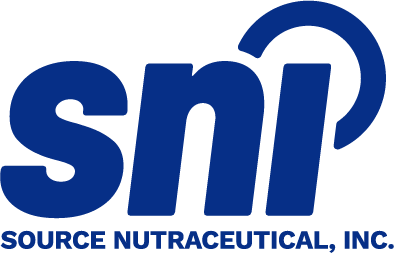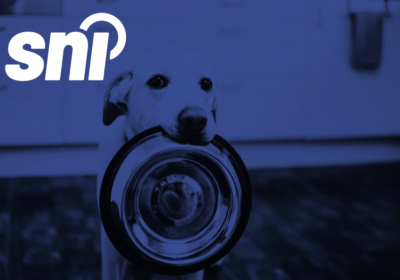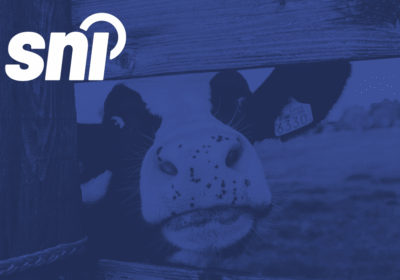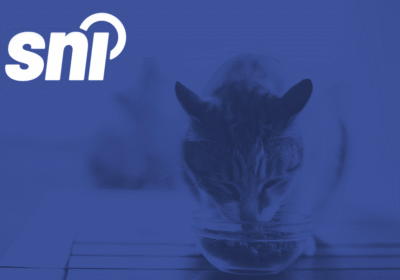An essential element of regulatory compliance in any product sector is ensuring that product labels meet the specific requirements of the country where the products are sold and that they clearly communicate the product’s intended use. This requirement is no different for pet food products, which are also subject to specific labelling requirements that must be met prior to market entry. In Canada, this includes mandatory bilingual labelling and adherence to the requirements outlined in applicable regulations and guidance documents.
Responsible parties must ensure that labels are accurate, not misleading, and provide all information necessary to support informed consumer decisions and the appropriate use of the product.
In this article, we will explore the requirements for pet food labelling in Canada and discuss common labelling elements. For more information on regulatory requirements and product-specific guidance, please reach out to our team.
Canadian Labelling Regulations for Pet Foods

In Canada, pet food products are regulated under multiple federal and provincial frameworks. At the federal level, requirements are set out in the Guide for the Labelling and Advertising of Pet Foods, the Consumer Packaging and Labelling Act (CPLA) and its Regulations, the Competition Act, and the Food and Drugs Act (FDA). In addition, provincial rules apply, such as Bill 96 in Quebec, which imposes comprehensive bilingual labelling requirements. Collectively, these frameworks establish the mandatory information that must appear on pet food labels.
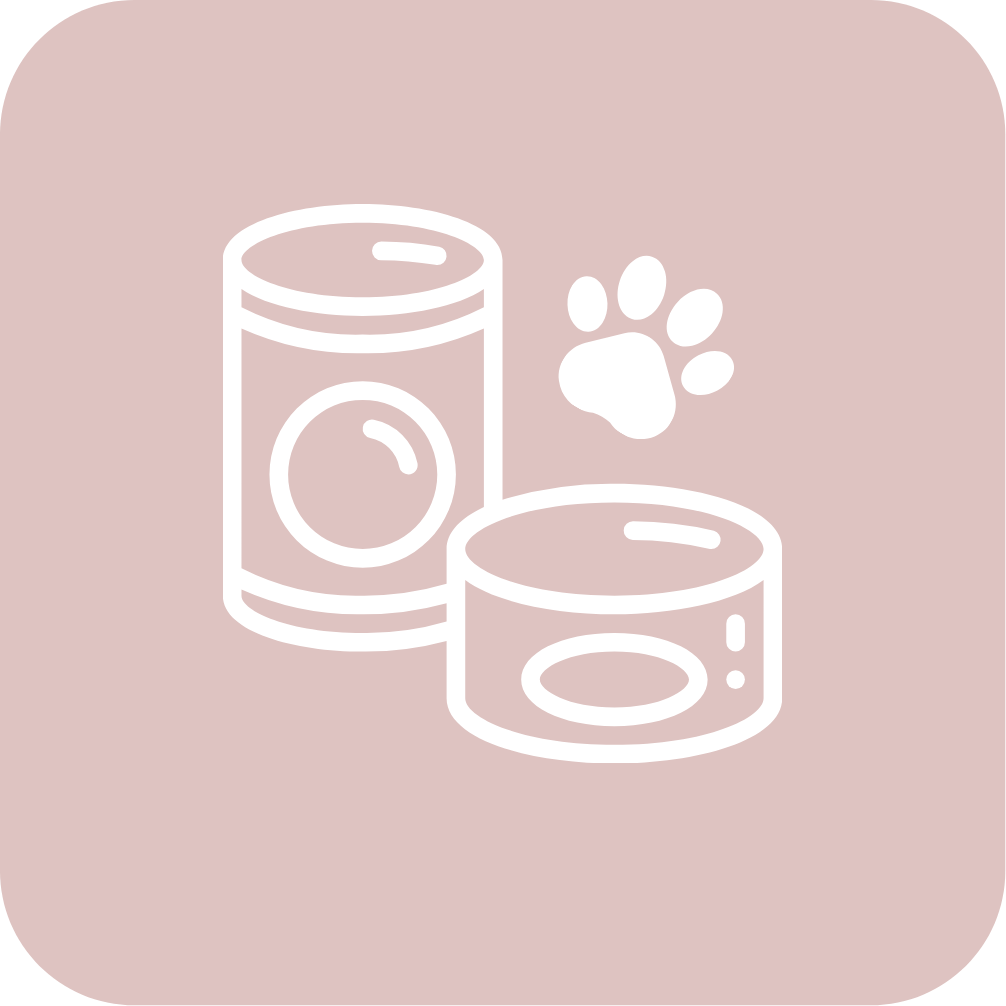
Pet food labels must include the common name, net weight, list of ingredients, feeding instructions, guaranteed analysis, and a nutritional adequacy statement identifying the intended life stage for which the product is suitable. Feeding instructions are required on all product labels unless the product is intended solely for intermittent or supplemental feeding or use under the direction of a veterinarian. Products formulated for a limited purpose must also include statements that clearly reflect their intended use. Additional requirements under the CPLA further expand on these labelling obligations to ensure consistency, accuracy, and consumer protection.
What Information Must Appear on Pet Food Labels in Canada – An In-Depth Look
Canadian pet food labels must include the following information in both English and French:
Product Identity (e.g., Dog Food, Cat Food)
Product identity is the common or generic name of the product. It must be displayed on the principal display panel (PDP) and be easy to read under normal conditions of sale.
Net Quantity
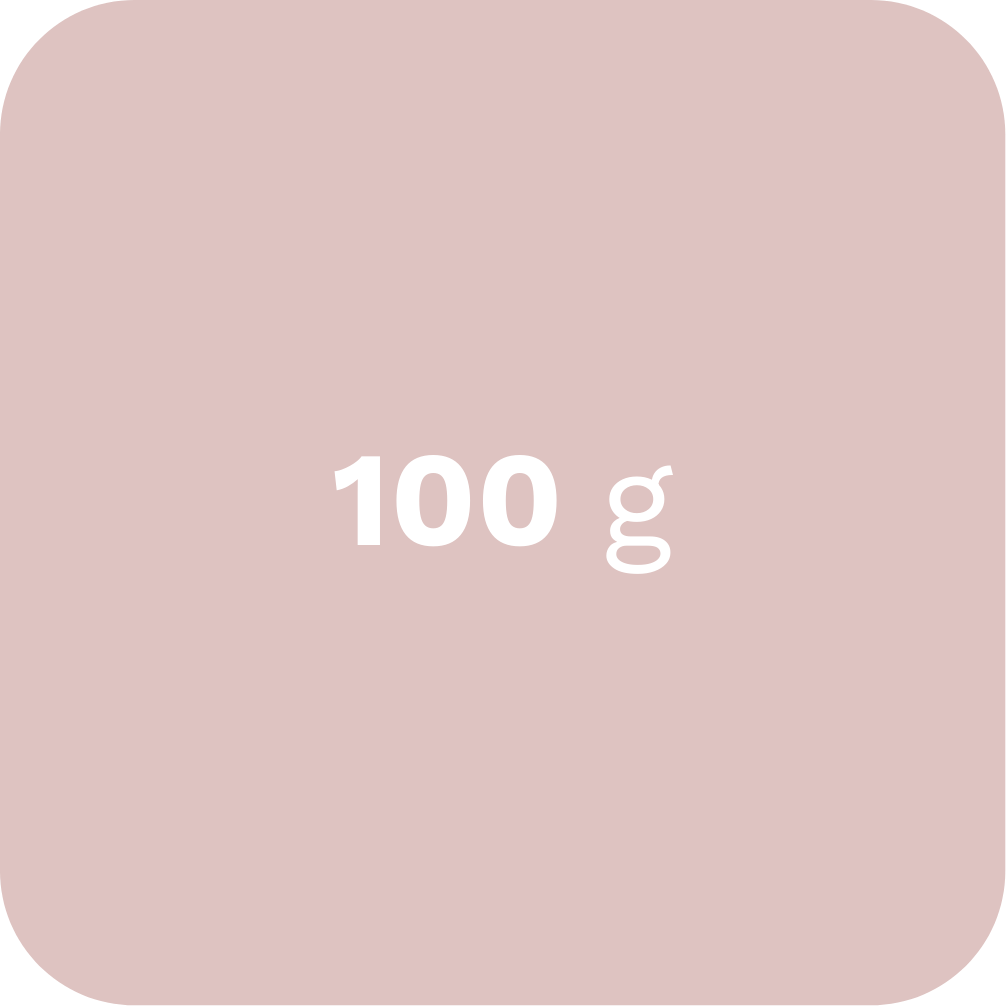
The net quantity statement, like the product identity, must also appear on the PDP and be declared using metric units. It must be presented in English and French, or with a bilingual unit abbreviation.
Dealer Name and Principal Place of Business
The label must include the name and principal place of business of the manufacturer or the responsible party for whom the product has been manufactured for sale. This information must be sufficient to allow for postal delivery and must serve as a point of contact in the event of a consumer complaint, quality concern, or recall. It may appear anywhere on the outer label except the bottom and, unlike most other mandatory information, may be provided in either English or French.
When a pet food is wholly manufactured or produced outside of Canada, the label must also include one of the following:
- The name and address of the Canadian importer, preceded by “Imported by / Importé par” or “Imported for / Importé pour”
- The statement of geographic origin of the product, placed adjacent to the name and address of the Canadian dealer
- The name and address of a dealer located outside of Canada
Product Name
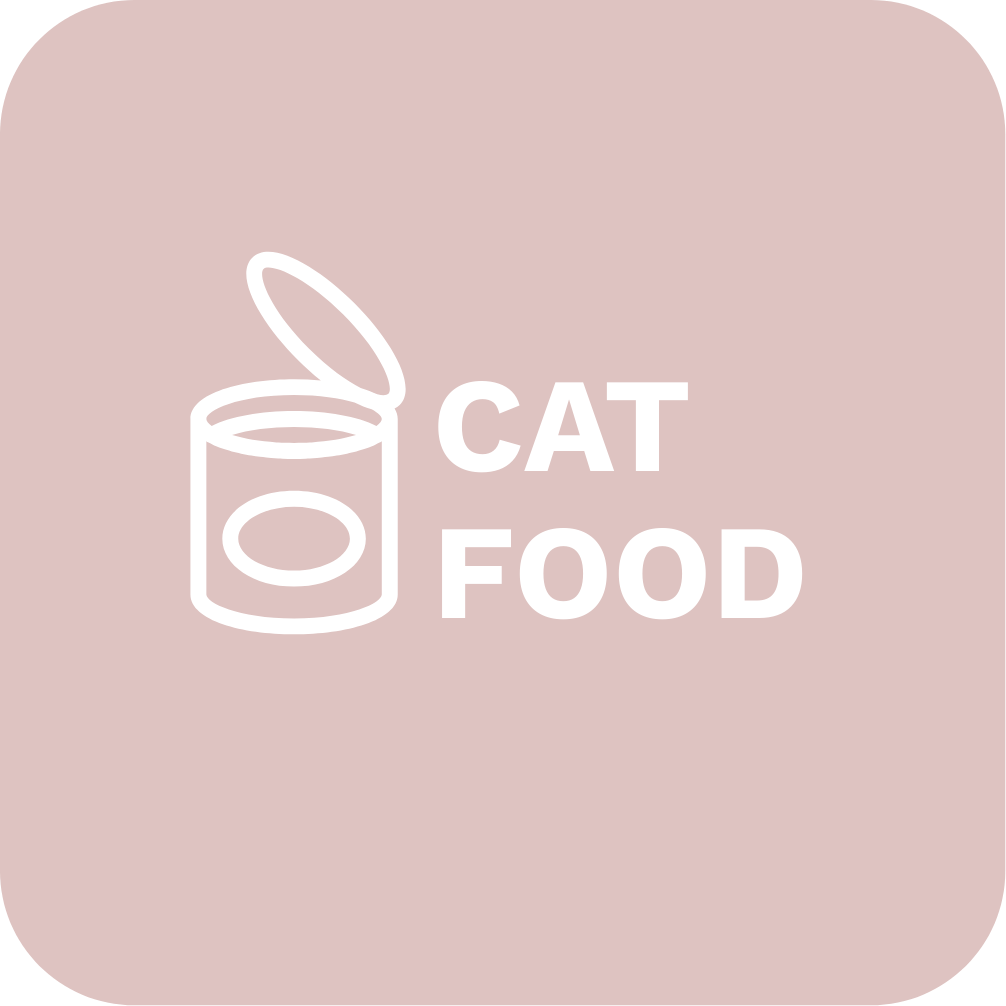
In addition to the product identity, manufacturers and responsible parties must carefully consider the product name that appears on the label. Although the two are related, product name and product identity are distinct. The product identity is the factual description of the product (for example, Cat Food), while the product name is the brand-driven name created by the company (for example, Meowzy Tuna Cat Food). In most cases, the product name incorporates the product identity to clearly identify the nature of the product.
References to specific ingredients within the product name are subject to regulatory controls. An ingredient may be included in the product name only if it represents 90% or more of the total mass of all ingredients in the formula. Where more than one ingredient is featured in the name (for example, Meowzy Chicken Tuna Cat Food), the named ingredients must appear in descending order by weight. In this example, chicken must constitute a greater percentage of the formula than tuna for the name to be compliant.

Additional considerations must be made for the proportion of each ingredient when more than one appears in the name of the product. If an ingredient or combination of ingredients makes up at least 25% but less than 90% of the total formula (excluding water for processing, trace preservatives or condiments, and trace nutrients), the product name must also include a descriptive term such as dinner, formula, stew, or meal.
For example, if 40% of a cat food formula is salmon and 35% is sweet potato, the product could be called Meowzy Salmon and Sweet Potato Dinner Cat Food. Because salmon makes up a greater percentage of the formula than sweet potato, it appears first in the name.
If an ingredient or combination of ingredients represents at least 3% but less than 25% of the total formula, it may only appear in the product name when preceded by “with”. For example, if 15% of the formula is duck and 5% is peas, the product could be named Meowzy Cat Food with Duck and Peas.
When ingredients are present at less than 3% of the total formula, they may only be referenced as flavours. For example, as Meowzy Rabbit Flavour Cat Food., where rabbit is present at 2%.
In all cases, named ingredients must be listed in descending order by weight, and any descriptive shape terms like chunks or meatballs may only be used if the product is actually sold in that form.
Statement of Purpose

Products formulated for special dietary use and intended to be fed under the supervision of a veterinarian must also include a clear statement to that effect. In such cases, the label should include wording such as: “Use only as directed by your veterinarian.”
If a product is formulated for a limited use, such as supplemental feeding or specific life stages, it must include a statement that clearly communicates this to consumers. For example: “Meowzy Cat Formula is intended for intermittent or supplemental feeding only.”
Nutritional Adequacy Statement
Canadian pet food labels must also include a nutritional adequacy statement indicating whether the product provides complete and balanced nutrition for a specific life stage (for example, growth, reproduction, or adult maintenance) or is intended only for intermittent or supplemental feeding. While Canadian regulations do not name a single required standard, this statement is typically supported by formulation to meet recognized nutrient profiles (such as those developed by the Association of American Feed Control Officials [AAFCO]), by feeding trials, or by other scientifically accepted evidence.
Feeding Instructions
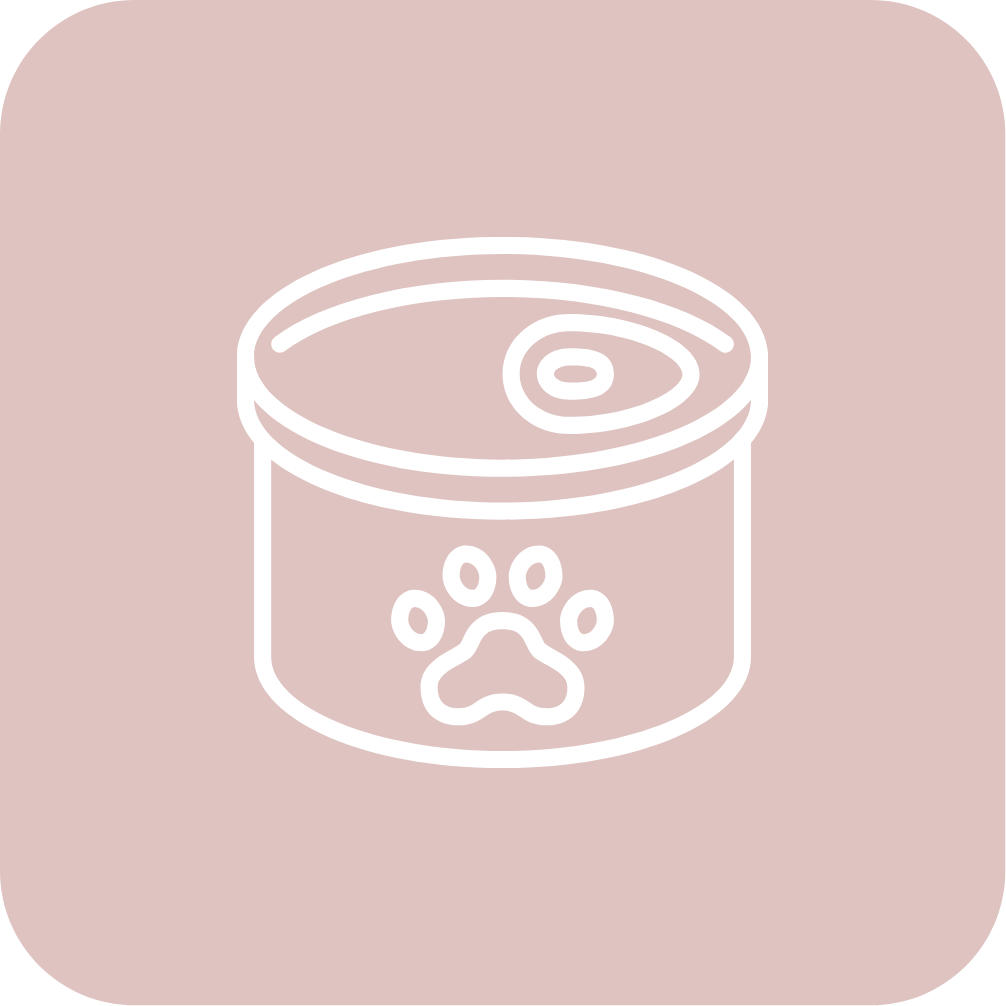
Unless the product is intended solely for intermittent or supplemental feeding, or is to be fed under veterinary supervision, feeding instructions must appear on the product label. This information should clearly outline how much of the food should be fed to the pet based on their body weight. An industry practice is to include a table that lists the weight of a pet in kg in one column and the amount of food for that weight category in either cups, portions, grams, or mL (as applicable) in another column.
In general, this information should be based on diet considerations for a specific pet, ensuring that the suggested daily amount fits into a balanced diet that supports longevity and pet health.
Guaranteed Analysis
Pet food labels must include a declaration of nutrient content, referred to as the guaranteed analysis. At a minimum, this declaration must state the crude protein (minimum percentage), crude fat (minimum percentage), crude fibre (maximum percentage), and moisture (maximum percentage). The guaranteed analysis must be expressed in quantitative units, and additional nutrients may be included provided they are declared using the same format and nomenclature.
The nutrient values declared must be verifiable using established methods such as those of the Association of Official Analytical Chemists (AOAC) or other recognized testing standards. In other words, if the product were tested using these methods, the results should fall within acceptable tolerance ranges of the guaranteed analysis values listed on the label.
An example of guaranteed analysis:
- Crude Protein (min): 32.0%
- Crude Fat (min): 14.0%
- Crude Fibre (max): 3.0%
- Moisture (max): 10.0%
- Ash (max): 7.0%
- Taurine (min): 0.10%
Ingredients

All ingredients in a pet food must be declared by their common or usual name. Brand names or trademarks are not permitted in the ingredient list, although they may be used elsewhere on the label. Ingredients must appear in descending order by weight, with all major ingredients and preservatives clearly identified. Minor ingredients must also be declared; however, items such as vegetable gums, vitamins, and minerals may be grouped or listed collectively. If water is added during preparation, a statement indicating this should be placed at the end of the ingredient list.
Comparative, Health, and Nutrient Claims
All claims on pet food labels must be accurate, truthful, and substantiated by adequate and proper tests.

Comparative claims (for example, “less fat,” “more digestible,” or “preferred taste”) must identify the product of comparison when made within the same brand line, and legal advice is recommended before naming competitors. If the comparison involves nutrients such as fat or calories, the percentage difference must be stated. Comparisons must be made on a similar basis (such as dry vs. dry), be expressed in common quantitative units, and must not mislead consumers. Preference or attribute comparisons are valid for only one year unless the products are reformulated, and supporting data must be kept on file and provided to government officials upon request.

Health claims must be supported by current evidence demonstrating the link between the nutrient and the stated health benefit. These claims must comply with Canadian law and cannot use terms like “diagnose,” “cure,” “treat,” “mitigate,” or “prevent disease.”

Nutrient claims (for example, “fortified with calcium” or “extra vitamin E”) must be accurate and not misleading. If such claims are made on the label, the nutrient must also appear in the guaranteed analysis section. Nutrient claims made only in promotional materials do not need to be reflected in the guaranteed analysis, and purely educational non-quantitative statements about the role of nutrients are exempt from this requirement.
Truthful and Substantiated Claims on Pet Food Labels – Further Considerations
Canadian regulations make it clear that pet food labels must do more than simply meet formatting and content requirements. They must present information truthfully and in a way that does not mislead consumers. This standard applies to all aspects of labelling, including claims about the product’s nature, benefits, and nutritional adequacy. Under the CPLA, FDA, and related guidance, any statement that could create a false or deceptive impression is prohibited. Whether it is a prominent front-of-package claim or a subtle wording choice in the ingredient list, accuracy and transparency are essential.
Product claims can take several forms, including comparative, health, and nutrient claims, each with distinct evidentiary requirements. In some cases, regulations specify the type of testing required (such as controlled feeding trials, digestibility studies, or palatability tests) to substantiate a claim. In other cases, the requirements are not explicitly stated within the primary pet food labelling guidance but are inferred from related regulatory frameworks and scientific standards. In these situations, manufacturers and responsible parties are expected to maintain credible, verifiable data demonstrating that the claim is truthful, accurate, and relevant to the target species.
For example, if a label states that vitamin E is a dietary antioxidant or includes a health-related claim such as “with vitamin E to support antioxidant function”, the manufacturer or responsible party must substantiate this in two ways. First, the presence and level of vitamin E must be analytically verified using a validated method, such as one approved by the AOAC, and declared in the guaranteed analysis. Second, they must conduct their own studies or reference published, peer-reviewed literature to establish that the level of vitamin E present in the product is sufficient to produce the antioxidant effect being claimed for the target species (for example, cats or dogs). This evidence must clearly demonstrate that the ingredient contributes a recognized biological function at the level provided, and it must be kept on file and made available to regulatory authorities upon request.
Similarly, all other claims, particularly those related to nutritional adequacy, must be supported by credible documentation and be precise, truthful, and readily verifiable. The Guide for the Labelling and Advertising of Pet Foods also specifies that method of production claims, such as “grain free,” “organic,” or “raised without antibiotics,” must be backed by reliable records, audits, or certifications that can be provided to regulators on request. Ensuring that claims are accurate and properly substantiated not only supports regulatory compliance but also builds consumer trust and confidence in the product.
Bilingual Labelling

All products sold in Canada must meet federal bilingual labelling requirements. However, products sold in Quebec must also comply with provincial language requirements under Bill 96, which imposes more comprehensive rules for product and product-related information. While federal regulations require that all mandatory information appear in both English and French, Bill 96 goes further by requiring that practically all information on product packaging, marketing materials, websites, and related content be provided in French and presented with equal prominence.
The purpose of Bill 96 is to ensure that the French language is treated equally and that products are fully accessible to French-speaking consumers. Brands distributing products in Quebec should pay close attention to these requirements, as they are more stringent than federal rules, which only mandate that regulated information be provided in French.
Storage Instructions, Best Before Date, and Lot Code
If the product has a shelf life of 90 days or less, a best before date and storage instructions are required under the FDA and CPLA. While most pet foods have longer shelf lives and are therefore exempt from this requirement, the Canadian Food Inspection Agency (CFIA) strongly encourages including this information on all pet food labels to support quality assurance, traceability, and consumer safety.
Although not specifically mandated in pet food labelling regulations, CFIA also strongly encourages including a lot code or other unique identifier on all pet food products. While not a legal requirement under the Consumer Packaging and Labelling Regulations (CPLR), lot codes are considered an industry best practice and are essential for traceability, quality control, and effective recall management.
Principal Display Panel and Legibility Requirements
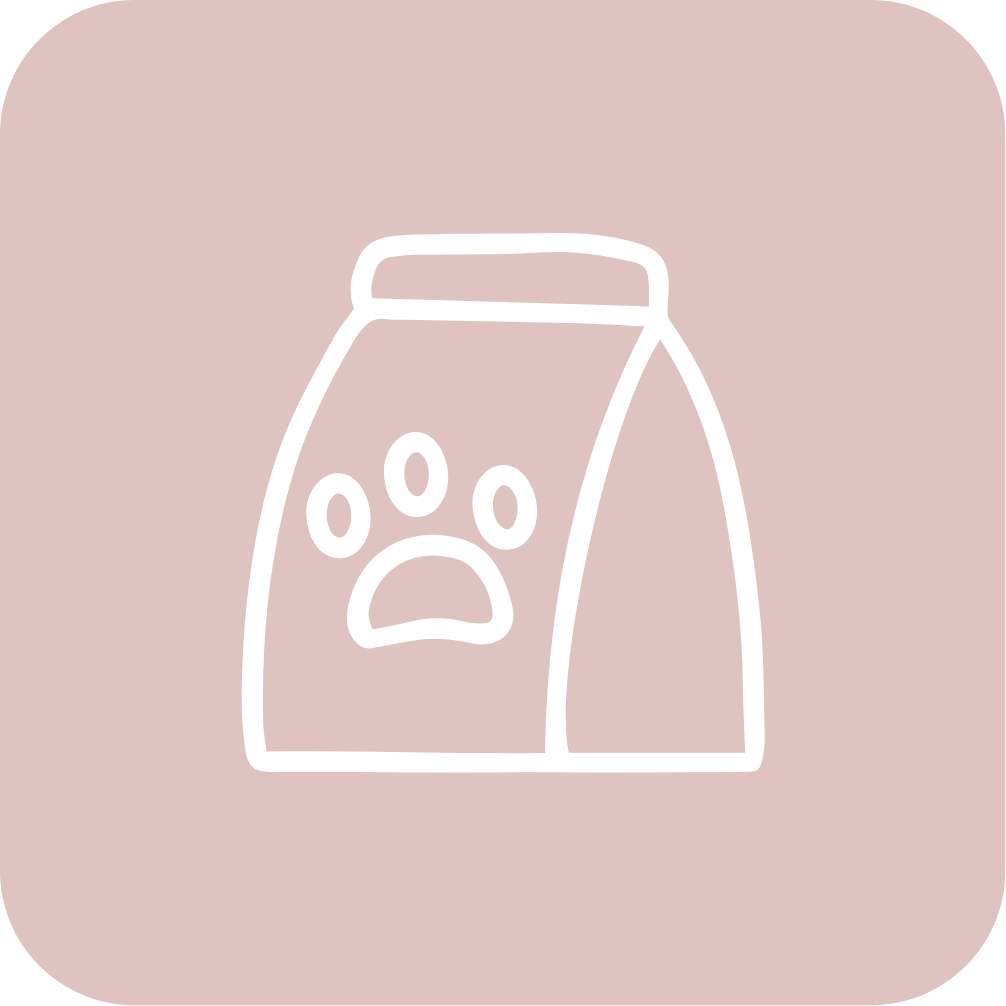
Under the CPLR, the product identity and net quantity must appear on the PDP, which is the part of the label most likely to be seen by consumers under normal conditions of sale. All mandatory information on the PDP must be clearly visible, easy to read, and in distinct contrast to the background. It must not be obscured by graphics or overprinting, and it must be presented in a uniform, legible font style and colour.
For most required information other than the product identity and net quantity, the CPLR requires a minimum type height of 1.6 mm, measured by the lowercase letter “o.” Larger minimum type sizes apply to the net quantity declaration, and the product identity must be displayed in type at least as prominent. The specific size required for the product identity and net quantity depends on the overall area of the PDP.
Final Remarks
Complying with Canadian labelling regulations for pet foods is essential to meet legal obligations, avoid enforcement risk, and maintain consumer trust and product integrity. From accurately declaring ingredients and nutrient content to ensuring bilingual presentation and proper traceability measures, each element plays a critical role in supporting transparency, safety, and informed purchasing decisions. Businesses that proactively align their labels with these requirements reduce the risk of enforcement actions, product recalls, and market delays, while strengthening their reputation with regulators and consumers alike. Careful attention to detail at the labelling stage reduces the risk of delays, recalls, or reputational harm and sets the foundation for long-term success in the Canadian pet food market.
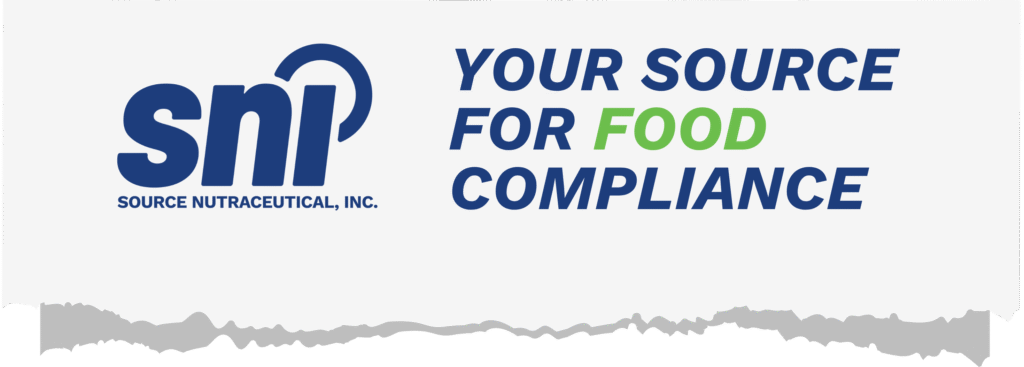
Regulatory and Creative Support for Pet Food Products
At SNI, our regulatory experts help pet food manufacturers and importers navigate the complex Canadian labelling landscape with precision and efficiency. From pre-market compliance assessments and ingredient reviews to fully bilingual label development, claim substantiation, and packaging approvals, our team ensures your products meet all federal and provincial requirements while remaining market-ready and competitive. Partner with SNI to bring your pet food products to the Canadian market with confidence.
🐾 More about our services here.
💡 Compliance is easy with the right support!
📩 info@sourcenutra.com
⬇️ Send us a request for support or an introductory call
FAQ: Pet Food Labelling in Canada
How can I tell if a pet food is really “Made in Canada” or “Product of Canada”?
These origin claims have specific thresholds. “Product of Canada” is reserved for foods where virtually all major ingredients, processing and labour are Canadian. “Made in Canada” applies when the last substantial transformation occurs in Canada; if ingredients aren’t all Canadian, a qualifying statement is expected. Misleading origin claims can trigger enforcement.
Do labels have to list every ingredient, and in what order?
Yes. Ingredients must be declared by their common or usual name in descending order of their proportion by weight (based on what goes into the “mixing bowl”). Preservatives must also be identified. Minor ingredients can have limited grouping flexibility under the pet food guide.
What do naming terms like “dinner,” “with,” or “flavour” actually mean?
They signal how much of the named ingredient is present. As a rule of thumb from the federal pet food guide: around ≥90% to feature a single ingredient plainly in the name; 25–<90% requires a descriptor like “dinner,” “formula,” or “stew”; 3–<25% must be preceded by “with”; <3% can be referenced only as “flavour.” Ingredients named in the product title must also appear in descending order by weight.
Is AAFCO required in Canada for nutritional adequacy?
No single standard is mandated by law. In practice, firms substantiate adequacy by formulating to recognized nutrient profiles (such as AAFCO), by feeding trials, or by other accepted scientific evidence. If adequacy is claimed, it must be truthful, not misleading, and verifiable under Canadian law and the Competition Bureau’s pet food guide.
Do pet foods need a best before date and storage instructions? What about lot codes?
If the product’s durable life is 90 days or less, a best before date and storage instructions are required. Foods with >90-day shelf life aren’t required to show them, though many brands include them voluntarily. Best before is a quality/freshness indicator, not a safety date. While pet-food-specific rules don’t explicitly mandate lot codes, CFIA encourages unique identifiers as a traceability best practice.
✷ The content on this website, including information presented in this post, is provided for general informational purposes only and does not constitute legal, regulatory, or professional advice. While efforts are made to ensure accuracy, laws and regulations vary by jurisdiction and may change over time. Readers should not rely on this information as a substitute for advice from qualified legal or regulatory professionals. We disclaim any liability for actions taken based on this content, and users are encouraged to seek guidance specific to their circumstances.
